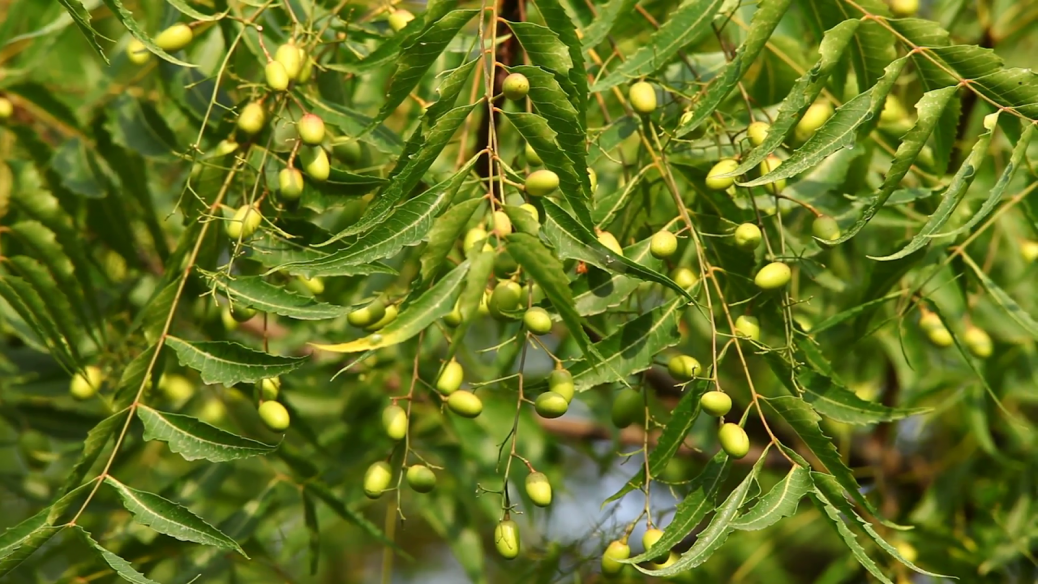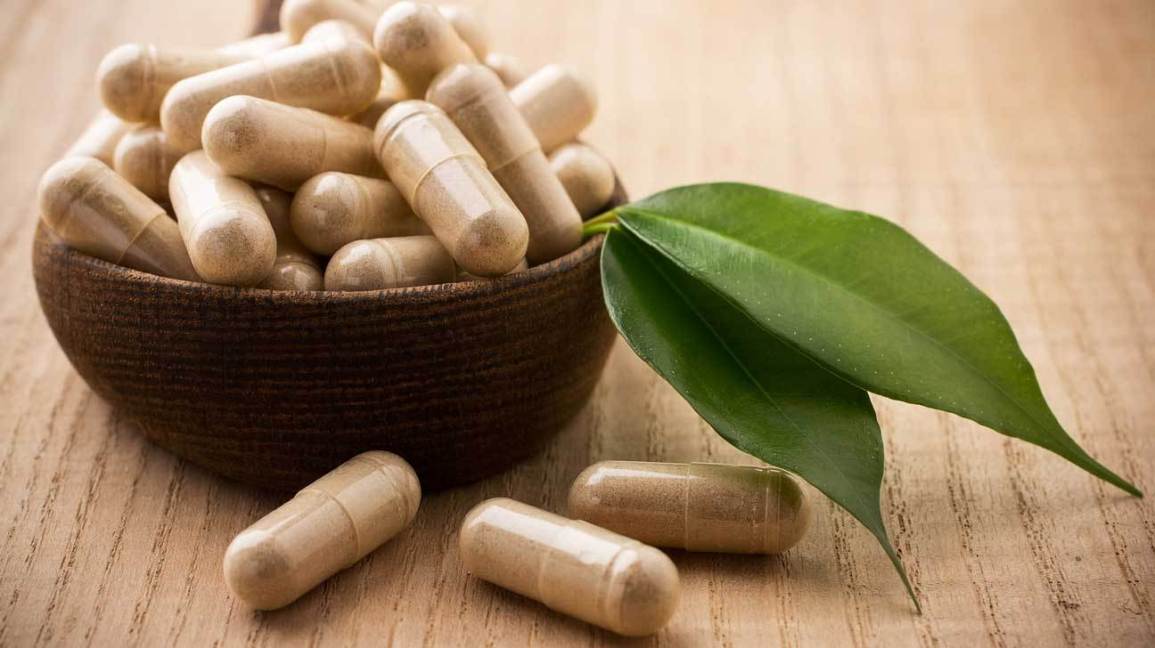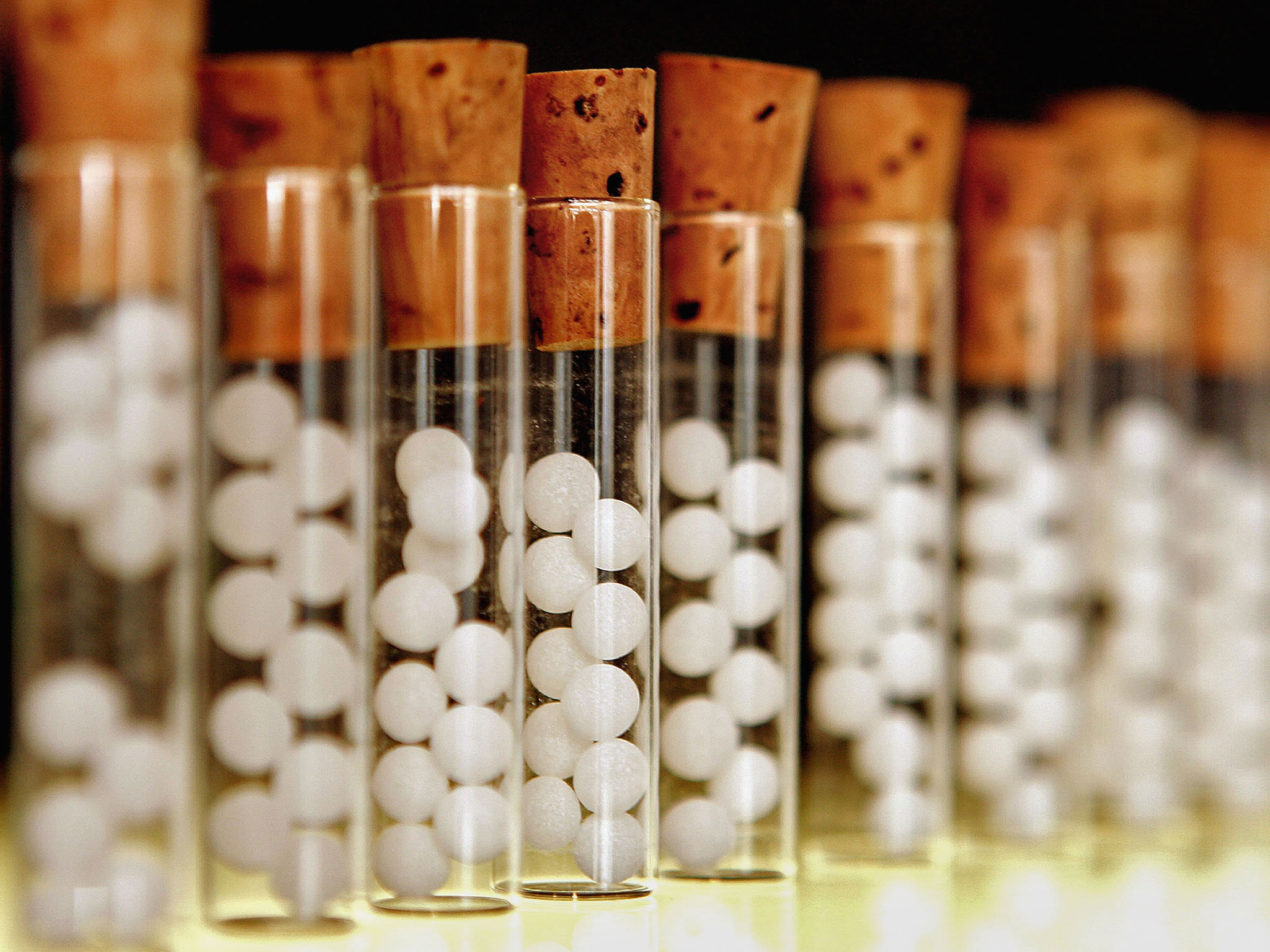The neem tree (Azadirachta indica) has been recognized as possessing powerful health promoting properties for millennia. In fact, there is evidence that as long as 4,500 years ago, neem was already being used to support healing. Its use originated in ancient India and neighboring countries, where it has long been revered as one of the most versatile plants known. Even today, the neem tree is esteemed as the “Village Dispensary” – every part of it known to possess unique therapeutic value.
The neem tree belongs to the family meliaceae – the mahogany family – and is a fast-growing, evergreen tree well known for its drought resistance. The neem tree matures into a large shade tree with a dense, round canopy and can live for 150-200 years. And while neem is notorious for its strong unpleasant odor, its flowers have a delicious honey-like scent that can be smelled for miles. As a fast-growing tree that needs little water, neem is also a very renewable resource.
In Ayurveda, neem is typically used to balance pitta and kapha. Its cold, light, and dry qualities tend to aggravate vata. Neem is therefore often recommended in combination with other herbs that help subdue its vata-provoking nature.
Neem Benefits
- Skin and Blood. Neem is famous and celebrated for promoting healthy skin and a clear complexion. Due in part to its bitter taste, it has an incredibly cooling effect on the body, reducing excess heat that can manifest as skin blemishes.
- Immune System. Its detoxifying effects on the body make it a great immune booster, especially for the cleansing of ama(Toxins) from the body.
- Blood Sugar. The purifying benefits neem has on the body’s blood and circulation also help support healthy blood sugar levels already in the normal range.
- GI Tract. A healthy digestive environment is vital for health. Neem reduces unwanted heat and toxins in the GI tract.
- Metabolism. Neem’s kapha-reducing properties encourage proper fat and water digestion and elimination, keeping water retention from accumulating in the body.
- Lungs. Neem supports clear breathing and a healthy respiratory system.*
- Skin Moisture and Softness. Neem’s skin benefits work both internally and externally. As an external application. Neem oil or soap helps soothe and lubricate the skin.
- Hair. For those with excess pitta and heat trapped in the scalp and hair follicles, neem is terrific for cooling the scalp and supporting the growth of lustrous, smooth hair.
In very general terms, neem is known to have an affinity for the reproductive system, the GI tract, the urinary tract, the respiratory system, and the circulatory system. For thousands of years, various parts of the neem tree have been gathered for traditional health promoting as well as practical everyday uses. The leaves, fruits, bark, and seed oil offer a wealth of benefits to the skin, nails, scalp, teeth, and gums. Neem oil softens, moisturizes, and protects the skin and can also be used as a deodorant for malodorous sweat. Neem is highly effective in the maintenance of healthy teeth and gums and supports overall oral hygiene; it is revered for the capacity to evoke natural color and vibrant health in both skin and hair; and it also encourages strong digestion and metabolism, healthy blood, and bolsters the immune system
Neem and Ayurveda: Traditional Uses
Neem is quite bitter in taste, which gives it a powerful cooling energy (virya). This cooling principle, combined with its capacity to support healthy blood, helps to balance pitta – particularly when there is heat in rakta dhatu (the blood). Excess pitta can manifest in a number of ways; one prominent location is the skin. Neem pastes and oils have traditionally been applied to the skin as a means of soothing and lubricating it, calming irritated and heated sensations, maintaining comfortable body temperature, and supporting healthy skin and nails. Neem’s light and dry qualities give it the ability to counter kapha as well. Neem supports healthy digestion and kindles meda dhatu agni (the metabolic/digestive principle within adipose tissue), encouraging proper metabolism, and supporting blood sugar levels that are already in the normal range. It is often taken internally to foster a state of balance in the liver, pancreas, and digestive tract. Neem’s bitterness also improves taste, which is at the root of healthy digestion. Neem has a similar balancing effect on pitta and kapha in prana vaha srotas (the respiratory passages). On a broader scale, neem supports natural cleansing of the channels in the body as well as the rejuvenation of healthy tissues. Because neem is vata aggravating by itself, it is combined with other herbs depending on the desired effect.
Blood Cleanse: This formula combines neem with herbs including manjistha, turmeric, and guduchi to support healthy skin and blood.
Healthy Skin: Neem is mixed with the herbs from Blood Cleanse, plus the added support of anantamul, brahmi, and bhumyamalaki for a formula targeted to glowing, radiant skin.
Sweet Ease: Neem is combined with traditional herbs turmeric, shardunika (gurmar), and the antioxidant power of amalaki to support the pancreas, balance kapha, and support blood sugar levels that are already in a healthy range.
How to Use Neem
Neem is a very versatile herb, and what follows are some of its most common uses. Neem can be used externally in the form of an oil or a paste and can be taken internally as a powder or tablet.
Internal Uses:
Ayurveda traditionally recommends the powder form of herbs because tasting the herb starts the digestive process and sends signals to the body to initiate the body’s own supportive mechanisms. Given neem’s strong bitter taste, the tablets also provide a nice alternative for those who find the taste a deterrent to taking the herb.
How to Use Externally:
Neem Leaf Paste
Make a paste using neem leaf powder and a small amount of water – just enough to create the desired consistency. Apply paste to the affected skin or tissue. Let sit for about twenty minutes, until nearly dry. Rinse and pat dry.
Herbalized Neem Oil
This is a traditional preparation of neem leaves in a base oil. Herbalized oils are simpler to purchase than to make. See below for recommendations on how to use herbalized neem oil.
Neem Seed Oil
Neem seeds are composed of up to 50% oil. Neem seed oil is simply this pure oil extracted from neem seeds. This preparation is quite potent and should be used appropriately. It is mentioned here for the sake of distinction from the traditional herbalized preparation in sesame oil.
Here are a few more ideas about how to experience the benefits neem has to offer:
For Healthy Skin, Nails, Hair, and Scalp
Apply herbalized neem oil (see above) directly to the affected skin or nails, and either cover it loosely with a soft cloth, or let it breathe and absorb uncovered.
Massage herbalized neem oil (see above) directly into the roots of the hair and scalp at least 60 minutes before bathing and rinse; or apply before bed and let sit overnight.
For Oral Hygiene:
Use herbalized neem oil to promote healthy teeth and gums. Swish to cover teeth and gums and spit.
Apply herbalized neem oil or neem paste (see above) directly to the affected teeth or gums.
Tags: Cooling Energy Neem Neem and Ayurveda










